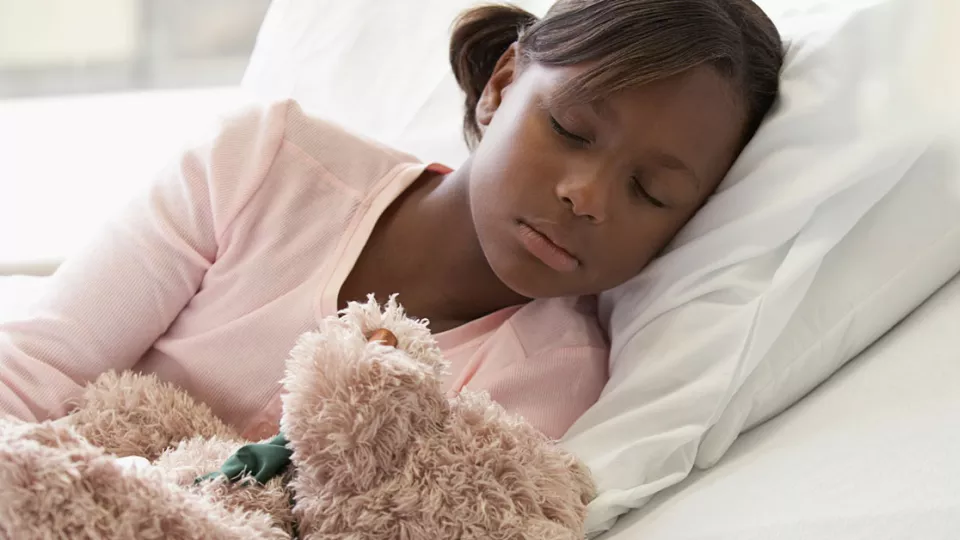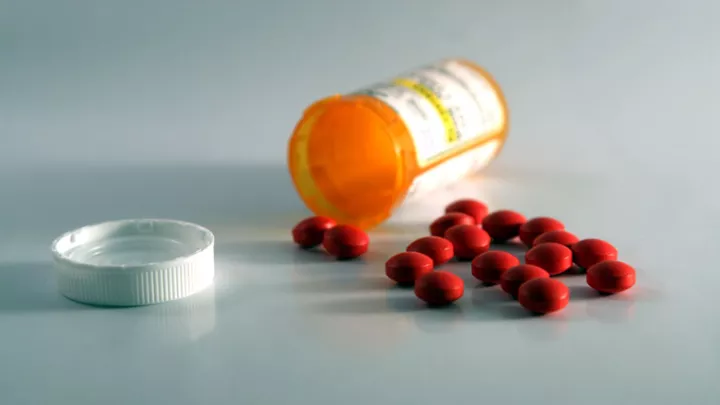
Does My Child Need Painkillers After Surgery?
Some surgical procedures may call for the use of opioids such as Vicodin or oxycodone to control severe pain as part of your child’s pain plan. Other times, non-opioid medications, including over-the-counter products such as Tylenol and Motrin, as well as non-medical therapies may be sufficient, depending on the level of a child’s pain.
The American College of Surgeons (ACS), along with the American Pediatric Surgical Association, has developed educational materials for patients, parents and caregivers to improve post-operative pain management and support recovery.
“We strongly recommend parents speak with their child’s surgeon before any operation about what to expect in terms of pain and the most appropriate forms of pain management,” says Lorraine Kelley-Quon, MD, MSHS, a Pediatric Surgeon at Children’s Hospital Los Angeles.
Pre-operative screening
Before the operation, the surgical team may work with you and your child to:
- Screen for current opioid use and risk for misuse
- Plan for alternatives to opioids whenever possible
- Inform you about opioid dosing and duration, safe storage and disposal of unused opioids, and recognizing signs of opioid overdose
Children or teens may be at a higher risk for opioid misuse if they are currently taking an opioid medication or they or a family member has a history of substance abuse. Also at higher risk: teens with depression, anxiety, and children/teens with attention deficit hyperactivity disorder.
After surgery, the medical team will regularly evaluate a child’s pain level. Parents can report any improvements or concerns they see as well. “That will help us determine what interventions may be most effective,” says Dr. Kelley-Quon.
Mild to moderate pain
For mild pain, relief starts with self-care (ice, elevation and rest); distracting activities like books, games, videos, movies, art and music; physical therapy and exercise, unless restricted by the surgeon.
For mild-to-moderate pain, non-opioid medications may be appropriate, such as acetaminophen (Tylenol) and ibuprofen (Advil, Motrin). Follow package instructions and age dosage recommendations carefully to avoid side effects.
Severe pain
In the case of severe pain, opioids can help block pain signals in the brain and spinal cord.
If your child is prescribed opioid medication, ACS guidelines include:
- Take the lowest dose possible.
- Never take more medication than prescribed.
- Never take opioids with antihistamines, anti-anxiety medications, cough medicines containing codeine and other medications that will increase the risk of side effects.
- Never crush the pills for your child to ingest them. This can speed the rate the body absorbs the opioid and trigger an overdose.
Storage and disposal
Store any opioids in your home in a safe, secure location, such as a locked cabinet or container. Keep medication out of reach of children and pets. Note the amount of pills or liquid in the bottle after each usage. This information may be helpful in the case of side effects or misuse.
Experts estimate that more than 70 percent of prescribed opioid pills are left unused. Having leftover medication around the home increases the danger of abuse. As soon as your child no longer needs it, dispose of any extra medicine safely. Children’s Hospital Los Angeles offers a secure opioid disposal bin onsite for patients and families. You can find other safe sites near you by entering your zip code on the U.S. Drug Enforcement Administration public disposal website.
If you are unable to visit a disposal site, the ACS recommends flushing or pouring any unused liquid (not pills) down the drain. Mix unused pills with coffee grounds or kitty litter in a plastic bag, then throw it away.
For more information, and to order the ACS safe pain control brochure, visit the American College of Surgeons.


